Writer Joseph J. Airdo // Photography by Jimmy W. Fike
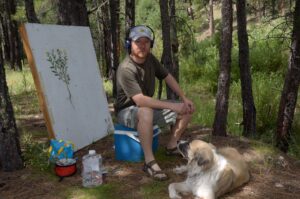


Photographer Jimmy W. Fike has spent the past 15 years creating a photographic archive depicting America’s rich trove of wild edible flora. To date, the project has taken him to 16 different states and allowed him to amass a collection of more than 175 specimens.
“The work sprung from disillusionment with the position of landscape photography in relation to pressing threats like climate change, extinction, pollution and the loss of commons,” Fike says. “Too often, the genre traffics in the aesthetics of nature instead of the inner workings of ecology. To address climate change and environmental degradation, I felt a radically different artistic strategy was necessary.”
Last spring, Red Lightning Books published the culmination of Fike’s journey — “Edible Plants: A Photographic Survey of the Wild Edible Botanicals of North America,” featuring more than 100 of the photographer’s images that have been selectively colorized to highlight the comestible part of each plant.
“By employing a system that makes it easy to identify both the plant and its edible parts, the images function as reliable guides for foraging,” Fike explains. “This functional aspect of the project directs viewers to free food that can be used for sustenance, or as raw material for creative economies.
Beyond functionality, Fike tries to construct images that operate on multiple levels theoretically and perceptually.
“Upon longer viewing, the botanicals begin to transcend the initial appearance of scientific illustration,” he says. “They writhe and pulsate, trying to communicate with you about their edible parts while hovering over an infinite black expanse.
“This opticality becomes a physiological parallel to the chemical effects of ingesting the plants and opens up a mystical space for contemplation, communion and meditation. The scientific yields to something potentially spiritual, as the viewer begins to experience our symbiotic evolution with the plant kingdom.”
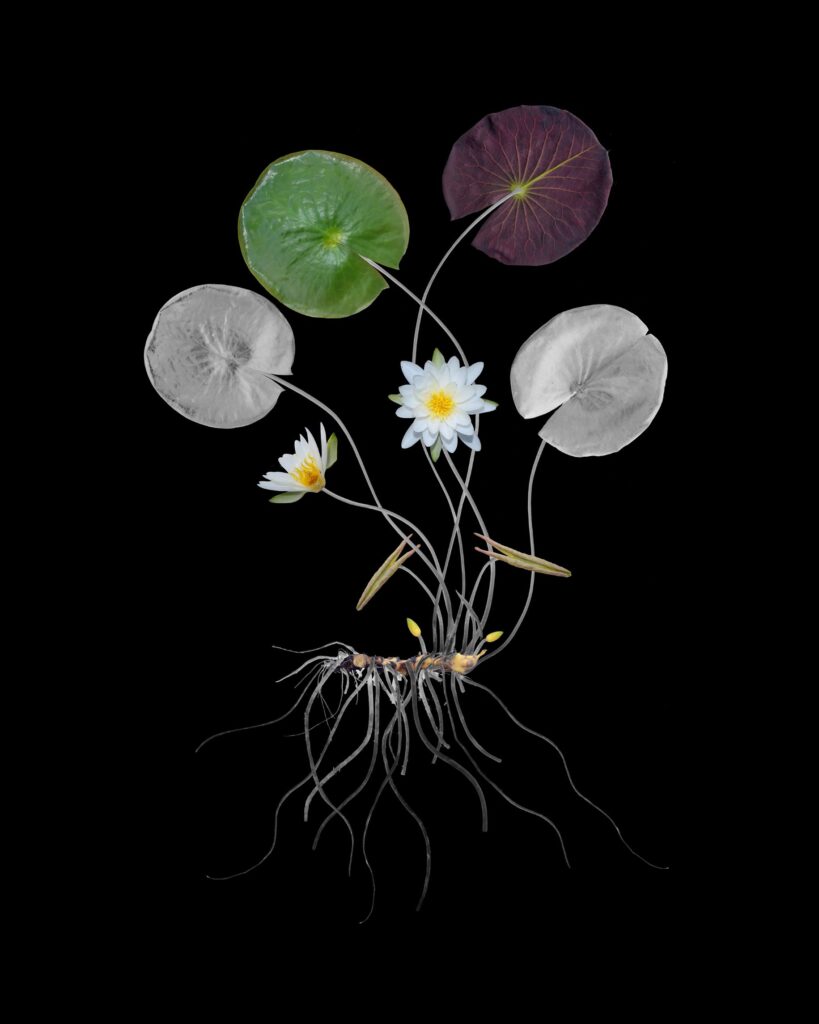


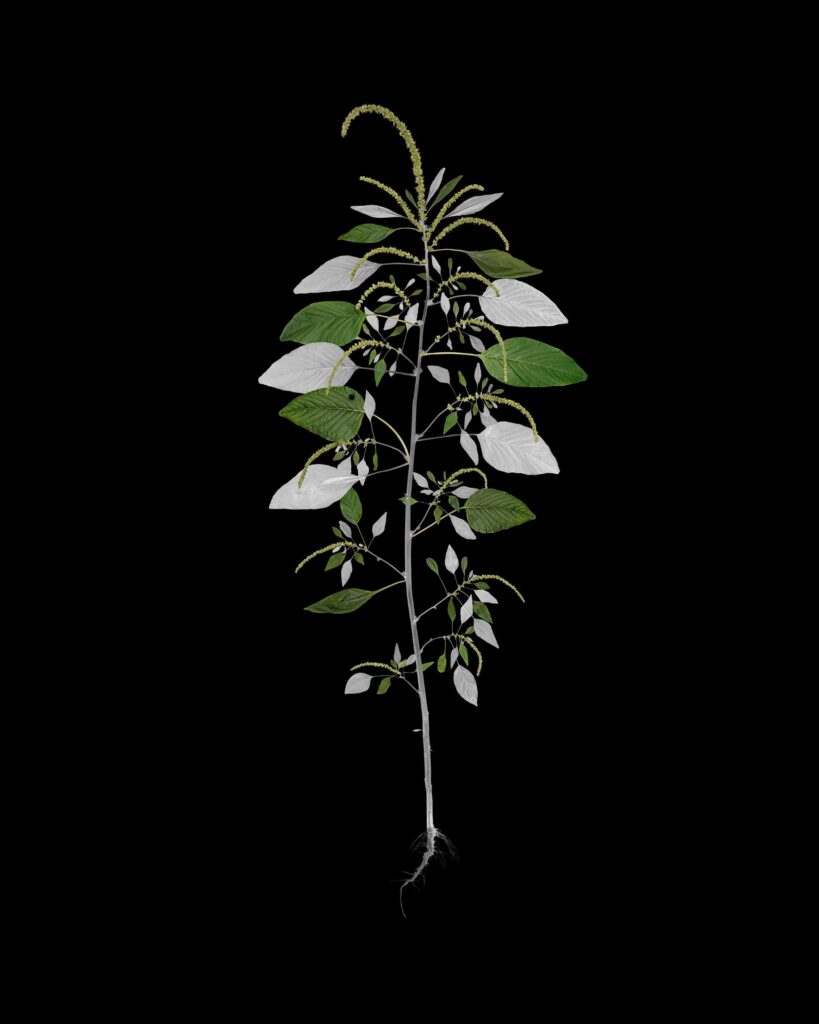


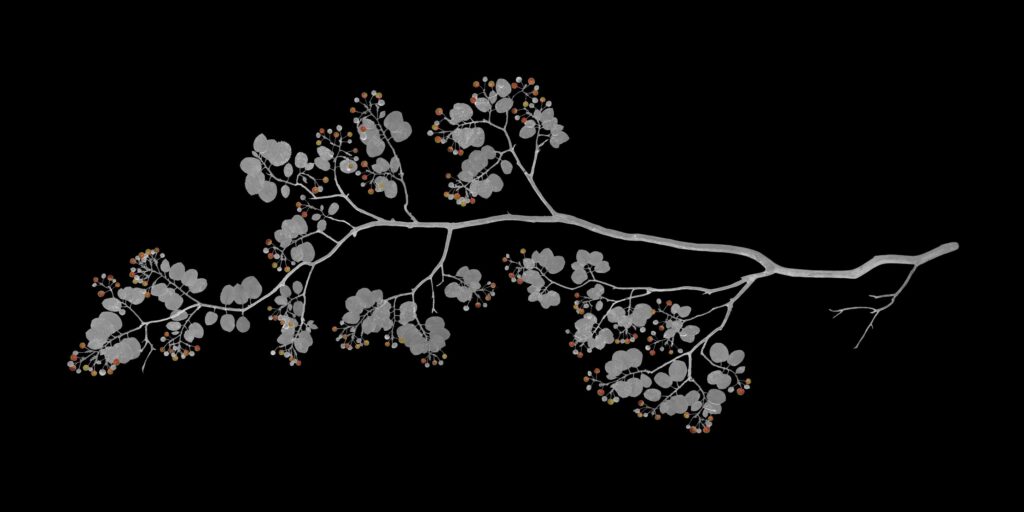


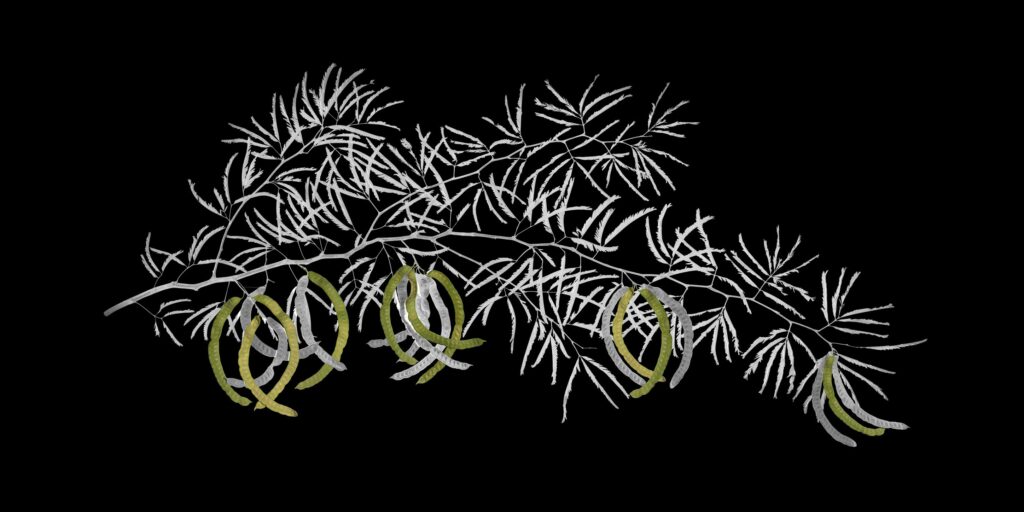


The Fine Art of Vivification
To achieve the layered aesthetic of his work, Jimmy W. Fike photographs multiple specimens of the same plant and combines the best elements from each to create an archetypal rendering of the species.
“By judiciously rearranging, scaling and warping, I can vivify the plant and turn the ground into space,” Fike explains. “This subtle reference to shamanic scrying and other mystical forms of seeing nudges the work towards the numinous. I hope viewers carry this numinous experience back out into the landscape, into their communities, and see the plants that surround them in a fresh, wonder-filled way.”
The photographer adds that his work offers a dose of something palliative for the ills of alienation — “a sense of connection to a certain place, a certain ecosystem, a type of belonging.”
“With this in mind, I plan on continuing the survey until I have amassed an expansive enough cross-section of the botanical life on the continent to mount biome-specific exhibitions anywhere within the continental United States,” Fike says.
“I hope the photographic survey can serve as a historical archive of botanical life during eras of extreme change, and provide viewers all over the country an opportunity to feel the type of bond with their landscapes that will encourage health, engender wonder, help identify free food and — most importantly — inspire greater concern for environmental issues.”
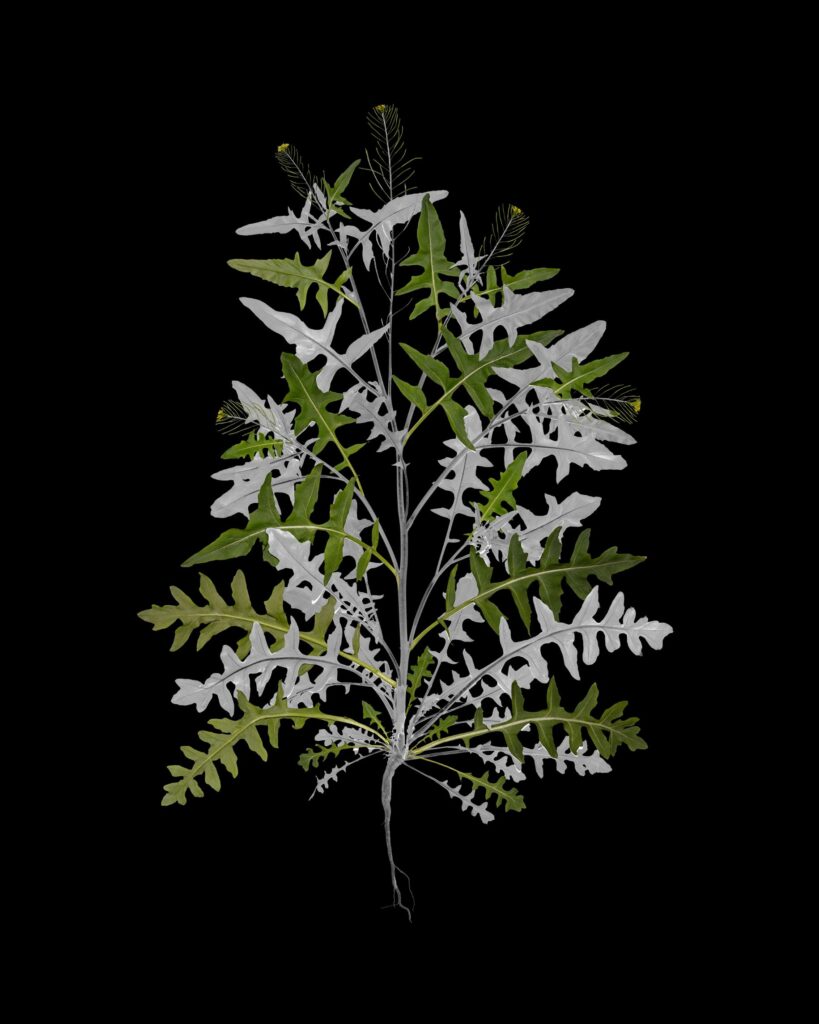


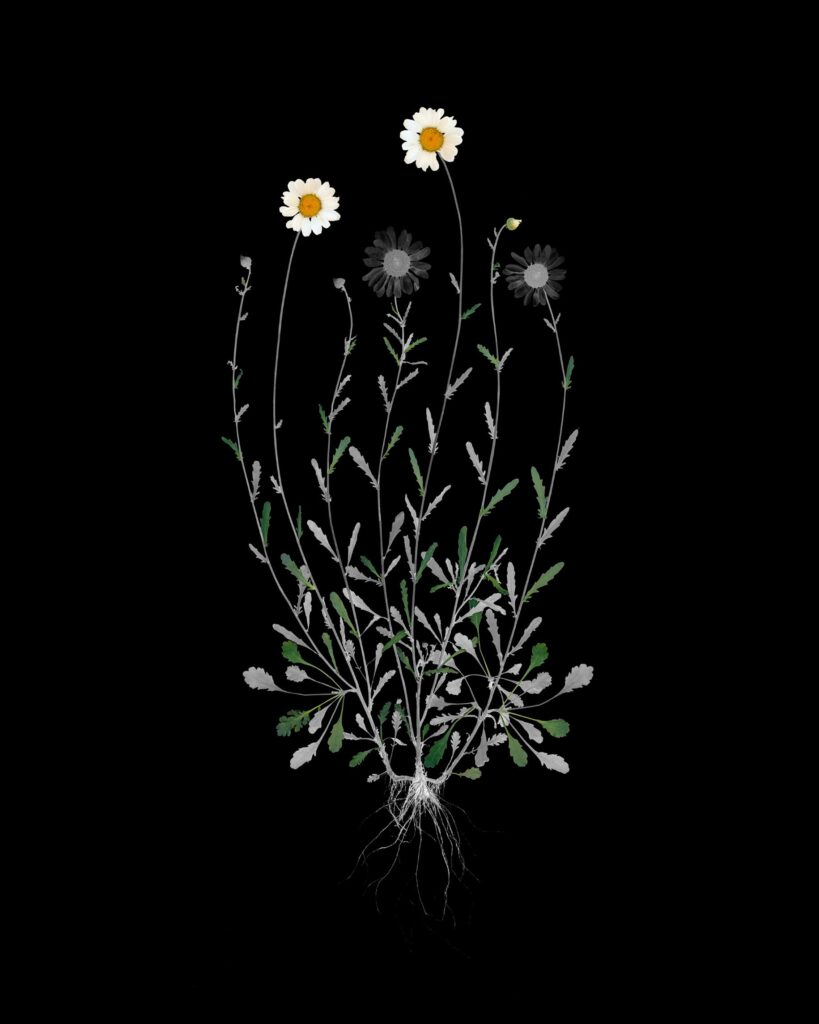


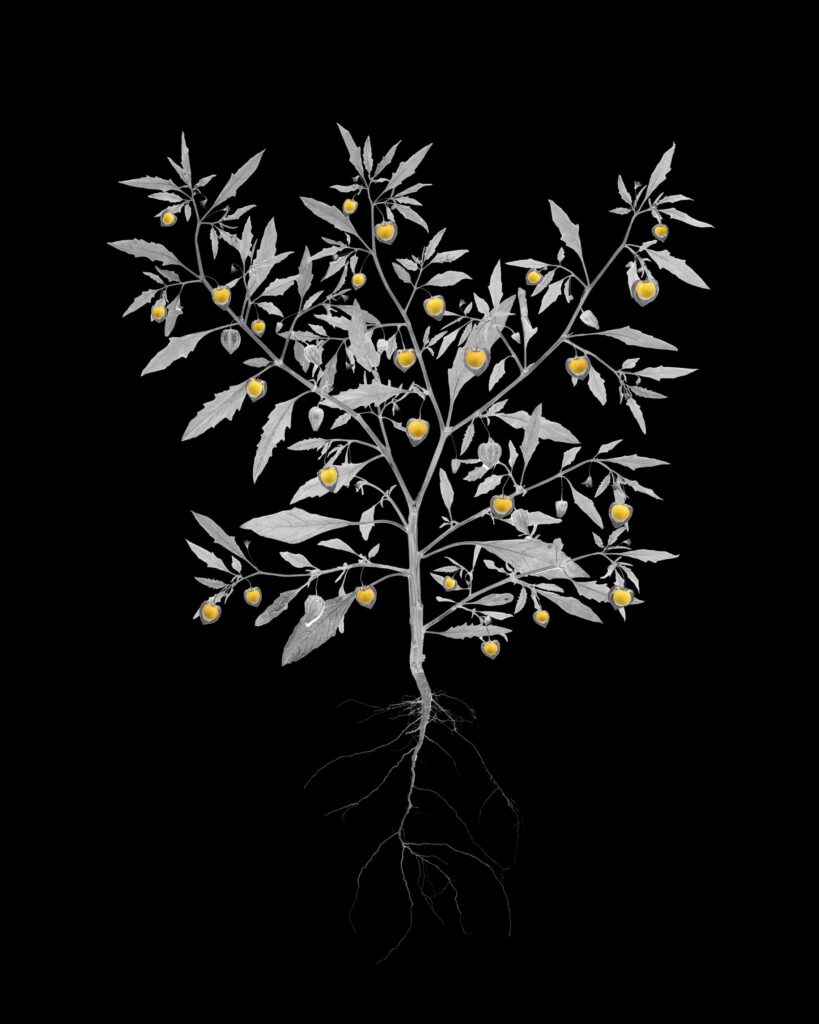


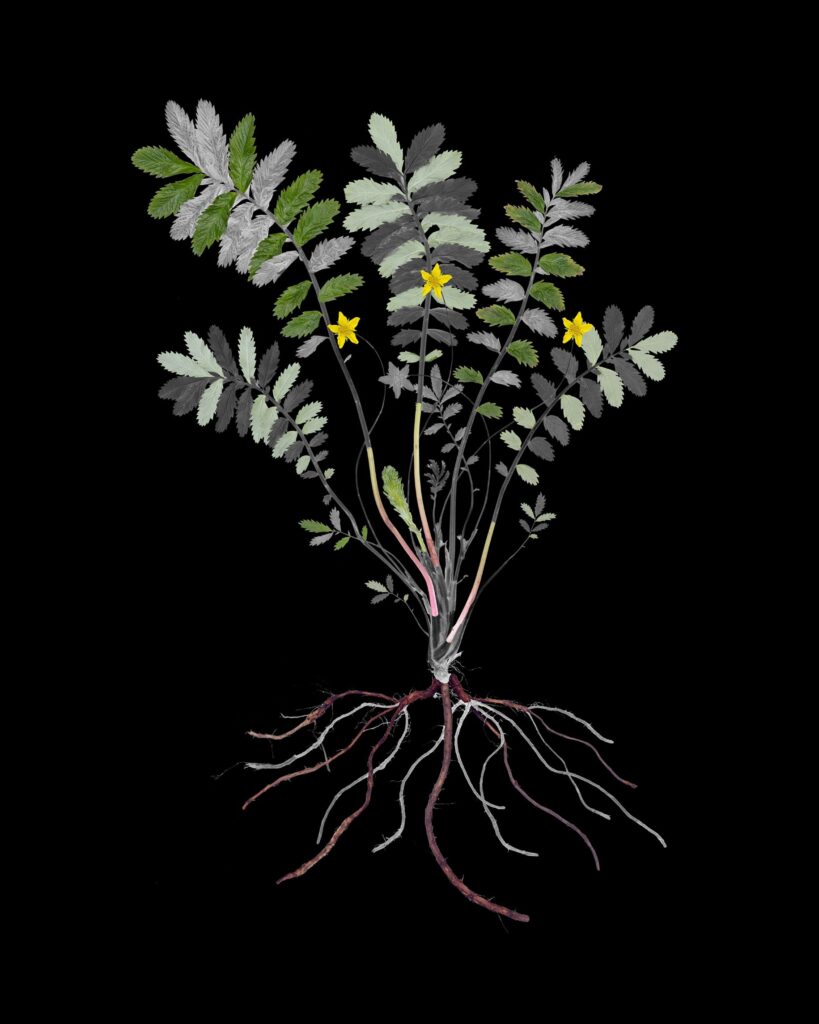


About the Photographer
Jimmy W. Fike’s photographic work endeavors to push the tradition of landscape photography into the realm of socially and ecologically engaged practice. His series on wild edible plants has been exhibited extensively across the United States, featured in the Los Angeles Times, The Washington Post and Mother Jones and accepted into the permanent collection of the George Eastman Museum in Rochester, New York.
Born in Birmingham, Alabama, Fike earned a bachelor’s degree in art from Auburn University before a master’s degree in photography from the Cranbrook Academy of Art.
“There is something that is just so transformative about photography with the way that it reveals your personal vision and extracts something from the real world that seems to amplify what you are feeling on the inside,” Fike says.
Initially, Fike found his artistic inspiration and motivation in the Southern Gothic as he embraced his Alabaman roots and leaned into the literature of William Faulkner and Flannery O’Connor. However, during graduate school, he began doing a lot of work within the topics of technology — specifically, our relationship with it — and developed more of an interest in cyborg theory.
“I had been working with kind of a postmodern milieu and tradition for a long time,” Fike says. “And a lot of that stuff was really smart and interesting, but I began to feel like it had run its course. Instead of continuing to produce work filled with irony and fatalism, I decided to do some work that actually addressed the problems in an interesting way and offer a path forward.”
Fike began reading Buddhist teachings as well as Native American spirituality and history. He also delved into the work of Suzi Gablik — an American visual artist, author, art critic and professor of art history and art criticism who encouraged artists to be more responsible in practice and more responsive to their communities.
“She encouraged artists to make art that was not bashful about trying to take on problems and to intentionally seek out creative new solutions and new definitions of what art can be,” Fike says. “Stewing on all of those variables, the idea of creating art featuring plants popped into my head — particularly edible plants that could help people feel bonded to their local natural environments and help with issues related to feeling alienated and disconnected.”
Currently working as a residential art faculty member at Estrella Mountain College in Avondale, Arizona, Fike has devoted the past 15 years to producing art that he hopes encourages people to become environmentalists. Though it does much more, his art at the very least provides sustenance, revealing the natural world’s generous offering of free food.

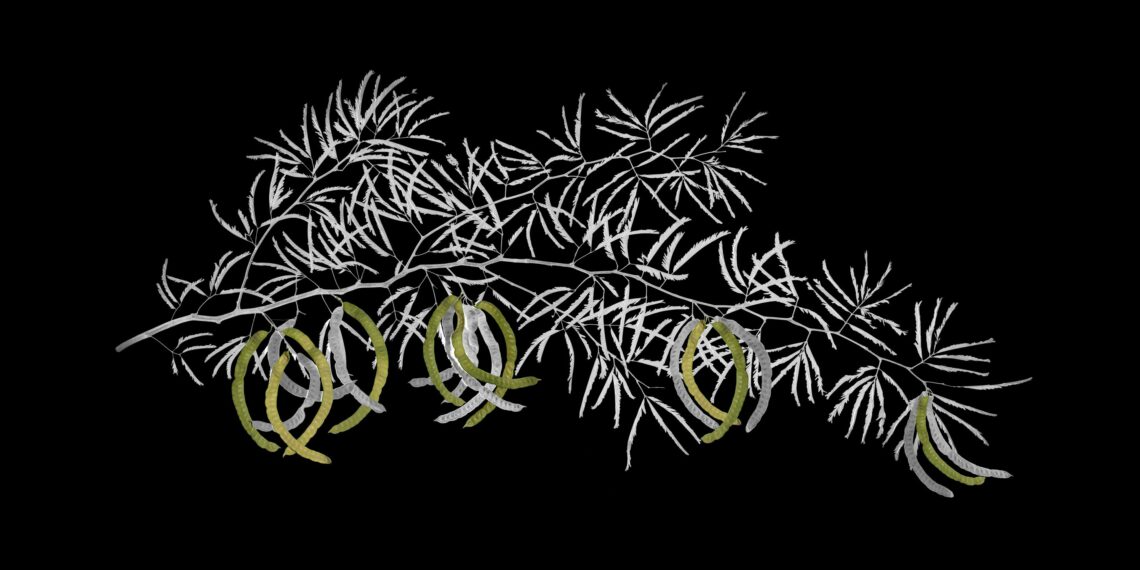





Comments by Admin